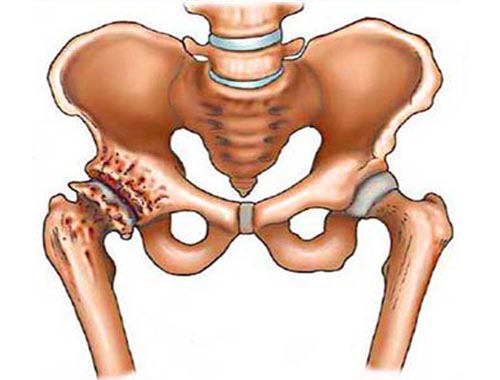Avascular necrosis (Osteonecrosis)
Osteonecrosis also known as Avascular Necrosis (bone infarction, aseptic necrosis, ischemic bone necrosis) is when your bone dies due to a lack of blood supply. Avascular necrosis can lead to tiny breaks in the bone and the bone's eventual collapse. The blood flow to a section of bone can be interrupted if the bone is fractured or the joint becomes dislocated. Avascular necrosis of bone is also associated with long-term use of high-dose steroid medications and excessive alcohol intake. The hip is the joint most commonly affected by avascular necrosis. While avascular necrosis of bone can happen to anyone, it usually occurs in men between the ages of 30 and 60. Known causes of ON (AVN): Alcohol Abuse; Steroid treatment; Chemotherapy; Traumatic blunt force injury; Blood clotting disorders (ie. Factor V Leiden, MTHFR); Where the disorder presents itself: Osteonecrosis usually effects the joints, the most common being the hips and the knees. However, the disease can effect any joint in the body (shoulder, ankles etc.). The disease usually presents bilaterally, meaning if you have it in your right hip you will most likely also have it in you left hip. Diagnosis: In the early stages of ON (AVN) it is NOT detectable on an X-Ray. It can be seen on a a bone scan, but the best way of detecting AVN is by an MRI. AVN in children is referred to as Legg-Calv�-Pethes Syndrome.
